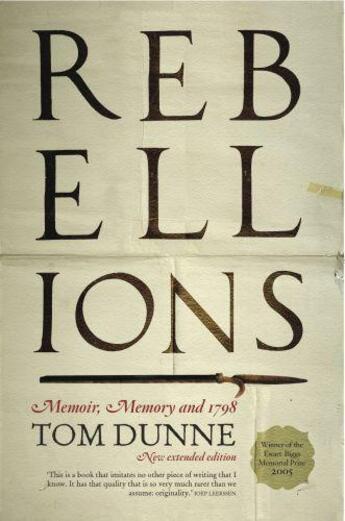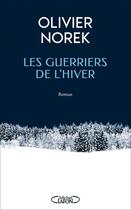-
Nombre de pages : (-)
-
Collection :
(-)
-
Genre :
(-)
-
Thème :
Non attribué
-
Prix littéraire(s) :
(-)
Résumé:
REVISED AND EXTENDED SECOND EDITION 'Rebellions is an autobiography, an astonishingly clear-sighted and lucid account of a tragic and disputed episode in Irish history and a polemic. The book's importance, originality and real value arise from the way the personal, the political and the... Voir plus
REVISED AND EXTENDED SECOND EDITION 'Rebellions is an autobiography, an astonishingly clear-sighted and lucid account of a tragic and disputed episode in Irish history and a polemic. The book's importance, originality and real value arise from the way the personal, the political and the scholarly are each offered as passionate witness and not separated. The rebellion of 1798 in Wexford and its two hundredth anniversary have found a brilliant and fearless chronicler. This is essential reading for anyone interested in the arguments about how the past cut deeply into the way we live in Ireland now.'- Colm Tóibín. This is a new, extended edition of an unusual book, which generated considerable interest and controversy when it was first published in 2004, and won the Ewart Biggs Memorial Prize the following year. In its original form it had three elements, a memoir giving the author's intellectual and political formation and his family connection to 1798 in Wexford, a critique of the bicentenary of the rebellion and of writing about it, and a detailed account of the pivotal battle of New Ross and the massacre nearby at Scullabogue. The new edition adds a fourth layer of exploration, analysing the reception of the book, by historians, by those involved in the bicentenary, and by the many individuals who wrote to the author. The most unusual response came from the Ryan Commission on child abuse, which explored with the author his experiences as a junior member of the Irish Christian Brothers, and quoted him extensively in its report. The new chapter focuses on the theme common to all of these responses, the conflict between emotional identification with a community's history and the evidence for contrary realities.
Donner votre avis














